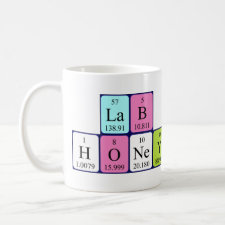
Authors: Chen CC, Luo JX, Li CL, Ma MF, Yu WB, Shen JZ, Wang ZH
Article Title: Molecularly Imprinted Polymer as an Antibody Substitution in Pseudo-immunoassays for Chemical Contaminants in Food and Environmental Samples.
Publication date: 2018
Journal: Journal of Agricultural and Food Chemistry
Volume: 66
Issue: (11)
Page numbers: 2561-2571.
DOI: 10.1021/acs.jafc.7b05577
Alternative URL: https://www.researchgate.net/publication/323296248_Molecularly_Imprinted_Polymer_as_an_Antibody_Substitution_in_Pseudo-immunoassays_for_Chemical_Contaminants_in_Food_and_Environmental_Samples
Abstract: The chemical contaminants in food and the environment are quite harmful to food safety and human health. Rapid, accurate, and cheap detection can effectively control the potential risks derived from these chemical contaminants. Among all detection methods, the immunoassay based on the specific interaction of antibody-analyte is one of the most widely used techniques in the field. However, biological antibodies employed in the immunoassay usually cannot tolerate extreme conditions, resulting in an unstable state in both physical and chemical profiles. Molecularly imprinted polymers (MIPs) are a class of polymers with specific molecular recognition abilities, which are highly robust, showing excellent operational stability under a wide variety of conditions. Recently, MIPs have been used in biomimetic immunoassays for chemical contaminants as an antibody substitute in food and the environment. Here, we reviewed these applications of MIPs incorporated in different analytical platforms, such as enzyme-linked immunosorbent assay, fluorescent immunoassay, chemiluminescent immunoassay, electrochemical immunoassay, microfluidic paper-based immunoassay, and homogeneous immunoassay, and discussed current challenges and future trends in the use of MIPs in biomimetic immunoassays
Template and target information: Review - MIPs as antibody substitutes in immunoassays
Author keywords: biomimetic immunoassay, chemical contaminants, environment, food, Molecularly imprinted polymers



Join the Society for Molecular Imprinting

New items RSS feed
Sign-up for e-mail updates:
Choose between receiving an occasional newsletter or more frequent e-mail alerts.
Click here to go to the sign-up page.
Is your name elemental or peptidic? Enter your name and find out by clicking either of the buttons below!
Other products you may like:
 MIPdatabase
MIPdatabase









